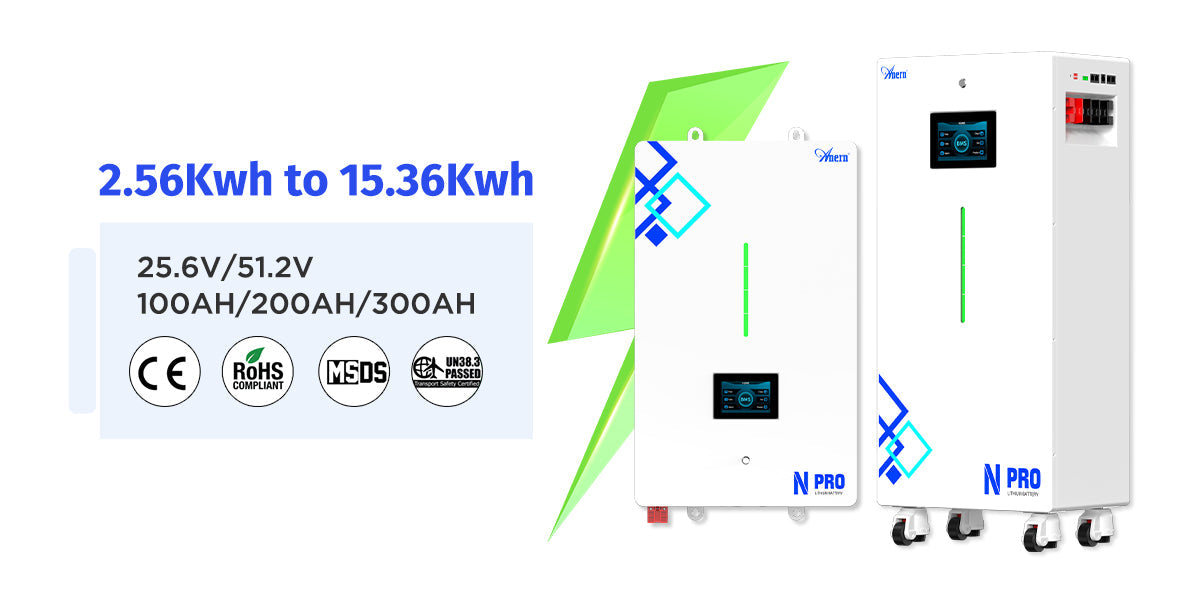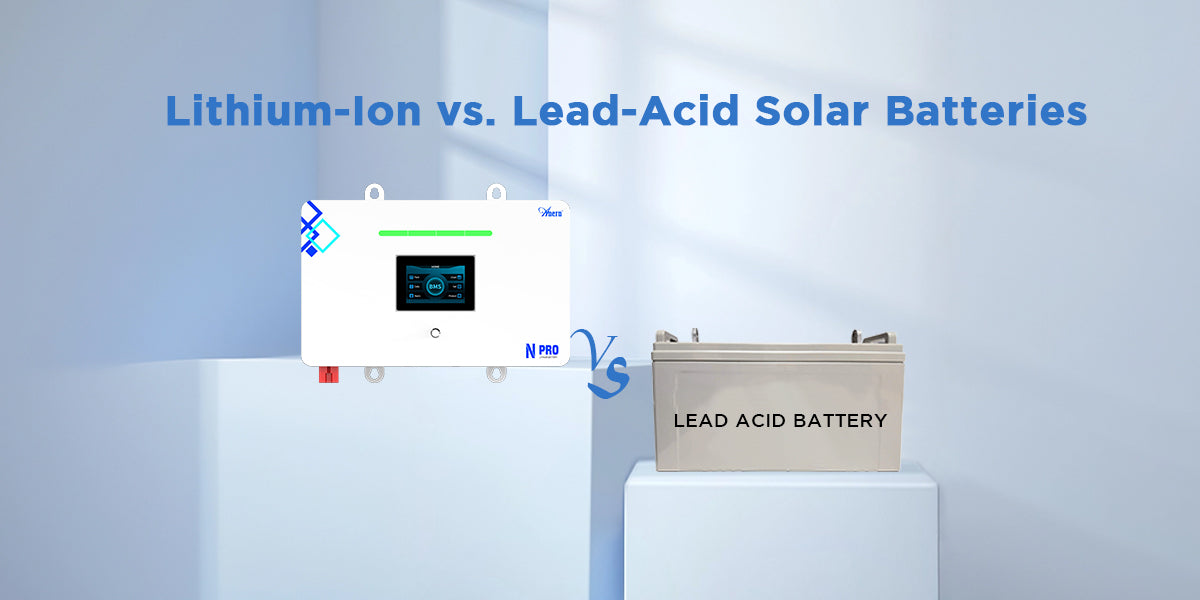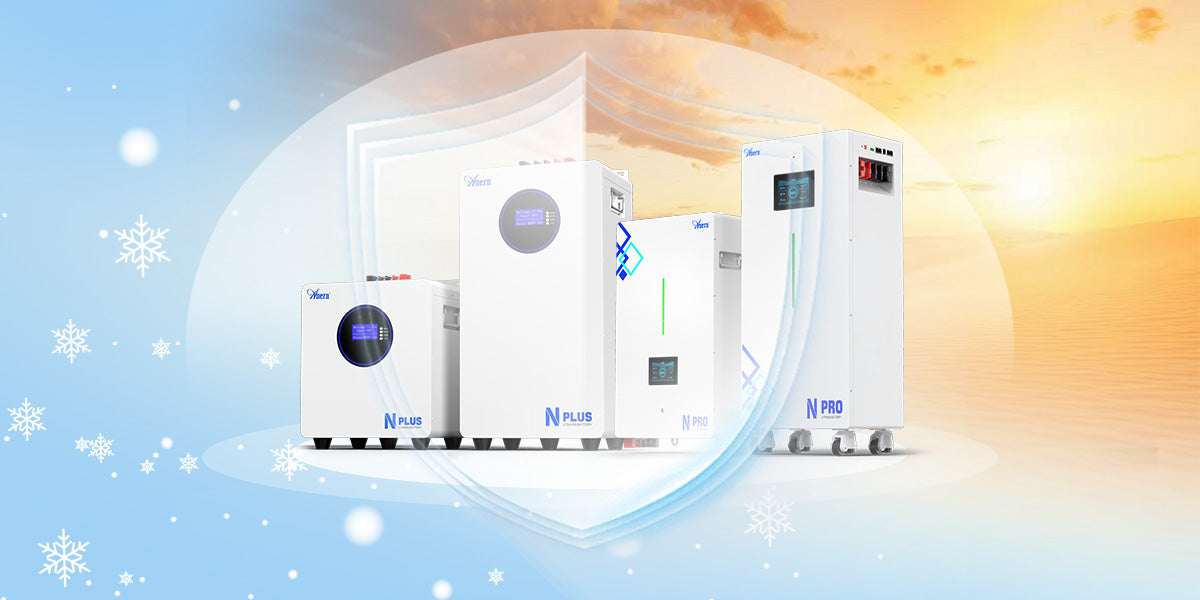Solar panels are everywhere now. But panels alone are not enough. You need a strong battery to hold that energy. That’s where lithium iron phosphate batteries come in. They are changing how homes and businesses use solar power.
What Are Lithium Iron Phosphate Batteries?
Lithium iron phosphate batteries are also called LiFePO4 batteries. They are a type of lithium-ion battery. The main part inside them is called iron phosphate. These batteries are different from older battery types. They are more stable. They last longer. They are also safer for solar energy storage. People use them in homes, RVs, and solar farms. Engineers like them because they work well in many conditions. They also do not catch fire easily.
Understand LiFePO4 Lithium Battery Safety
LiFePO4 batteries have a strong safety record because their chemistry is more stable than other lithium-ion types. The key lies in their use of iron phosphate as the cathode material. This compound does not release oxygen when heated, which greatly lowers the chance of fire or explosion.
In technical terms, LiFePO4 has a higher thermal runaway threshold. That means the battery resists internal short circuits, even under high charge or stress. It can tolerate temperatures of around 250–270°C before showing signs of thermal breakdown, while other lithium chemistries may fail at around 150–200°C.
This high stability makes them suitable for indoor use, RVs, and energy storage near living areas. Unlike cobalt-based batteries, which require more active monitoring, LiFePO4 remains calm under most conditions.
Even if the battery is damaged or overcharged, the reaction inside stays controlled. This is why many solar energy systems include LiFePO4 for peace of mind. It is a safer option for homeowners, schools, and businesses alike.
The Exceptional Lifespan of LiFePO4 Batteries
LiFePO4 batteries are well known for lasting a long time. Each battery has a certain number of cycles it can handle. A cycle means one full charge and one full discharge.
Traditional lead-acid batteries offer around 300 to 500 cycles. Older lithium-ion models might reach 1,000 to 2,000 cycles. In contrast, LiFePO4 batteries can often reach 3,000 to 6,000 cycles, and some high-end versions can last beyond 7,000.
This long cycle life happens because LiFePO4 has stronger chemical bonds that resist degradation during use. Even when used every day in a solar system, the battery may still perform well for 10 years or longer.
Also, the battery ages slowly over time. After 2,000 to 3,000 cycles, many LiFePO4 batteries still retain 80% of their original capacity. That means your solar system keeps working efficiently even after many years.
Efficiency Matters
Efficiency is important when storing solar energy. Energy always drops a little during charging and discharging. The less you lose, the more power you get to use later.
LiFePO4 batteries offer high round-trip efficiency, often around 92–98%. That means for every 100 units of solar power you store, you can get 92 to 98 back when you need it. Lead-acid batteries may only give you 70–85%.
This high efficiency comes from low internal resistance and better energy flow. The battery charges faster and discharges with less heat. That saves energy and reduces strain on the system.
Because less power is wasted, users can run smaller systems or store more power in the same space. It also helps reduce your electricity costs over time if you're using solar to offset grid use.
High Depth of Discharge (DoD) Advantage
Depth of Discharge (DoD) tells you how much of the battery’s capacity you can use before recharging. Most battery types work best if you avoid going too low. Going below 50% DoD can harm lead-acid batteries. But LiFePO4 can be safely discharged to 80%–90% without major damage.
That means you can use more energy each time without reducing lifespan. If you have a 5 kWh LiFePO4 battery, you might be able to use up to 4 or 4.5 kWh of that power daily. For lead acid, you may only be able to use 2.5–3 kWh of a similar-sized unit.
This deeper discharge support allows for smaller battery banks in off-grid or backup systems. You get more usable energy per dollar, which improves system cost-effectiveness.
It also means better coverage during long nights or cloudy days when solar panels generate less power. Your energy supply stays steady.
Excellent Thermal Stability
Solar batteries often sit in hot garages, sheds, or sunny spaces. High heat causes many batteries to break down faster. But LiFePO4 holds up well under tough conditions.
These batteries work in a wide temperature range. Most models operate safely between -20°C and 60 60°C. Charging is most effective between 0°C and 45 45°C. Even during a heat wave, the battery continues running without trouble.
Because iron phosphate does not react violently under heat, the cells stay balanced. The battery remains reliable in countries with harsh summers or fluctuating daily temperatures.
In colder climates, some models include self-heating features that help prepare the battery before charging. This adds flexibility and protects the battery from damage in winter conditions.
Key Advantages Summarized: Why LiFePO4 Shines
Let’s look again at the main strengths of lithium iron phosphate batteries:
| Feature | LiFePO4 Benefit |
| Safety | Low fire risk, stable chemistry |
| Lifespan | Up to 10x more cycles than lead-acid batteries |
| Efficiency | 90% or more energy kept after charging |
| Depth of Discharge | Up to 80% usable energy per cycle |
| Thermal Stability | Works in hot and mild cold conditions |
These features give solar users stronger returns, longer-lasting performance, and less worry about failure in extreme weather or daily use.
Tailor-Made for the Sun: LiFePO4 Battery Technology for Solar Integration
Solar systems charge batteries every day. That means the battery must be ready to work every day—without fail. Not all batteries can handle that. LiFePO4 batteries can.
Daily solar use involves frequent charging and discharging. LiFePO4 batteries support high cycling without losing capacity quickly. Most models handle over 10 years of daily cycles in solar setups.
They are also ideal for residential solar because they are stable in hot environments like attics, garages, and sheds. They resist overheating, even when installed close to other equipment.
Another reason why LiFePO4 is perfect for solar is its consistent performance. Their voltage stays steady throughout most of the discharge. This helps inverters run smoothly and improves energy output.

In short, LiFePO4 batteries match the real-world demands of solar systems:
- Daily cycling
- Temperature tolerance
- Long runtime
- Indoor safety
- Stable power delivery
These traits are not bonus features. They are essential for a solar system that works year after year.
Beyond the Cell: The Importance of the Battery Management System (BMS)
Each LiFePO4 battery pack contains cells. But those cells can only perform well when controlled properly. That job belongs to the Battery Management System, or BMS.
The BMS monitors:
- The voltage of each cell
- Current during charge and discharge
- Temperature to avoid overheating
- State of charge to prevent overuse
It also protects the battery from dangerous conditions like short circuits or imbalanced cells. If one cell becomes too full or too empty, the BMS fixes it or shuts the battery down to prevent damage.
Without a reliable BMS, even the safest chemistry can fail. With a good BMS, the battery lasts longer, performs more consistently, and stays safer under solar loads.
Making the Informed Choice for Your Solar Energy Storage
Every solar setup needs a battery that fits long-term needs. That includes safety, lifespan, energy savings, and performance under tough conditions.
LiFePO4 batteries offer all of these:
- Safer than other lithium chemistries
- Longer-lasting than lead-acid
- More efficient with each charge
- Capable of deep discharge for maximum output
- Stable in hot and mild cold weather
These qualities directly benefit solar users. You get more usable power. You save money in the long run. And you reduce the risk of failure. If your solar system is meant to support your home for years, lithium iron phosphate batteries are one of the smartest choices you can make.
FAQs
Q1: How long does a LiFePO4 battery last in a solar setup?
A: A LiFePO4 battery can last 10 years or more. Some even last 15 years. This depends on how often you use it and the quality of the battery and BMS.
Q2: Are LiFePO4 batteries safe inside the house?
A: Yes. These batteries are very stable. They do not catch fire easily. Many solar users install them indoors or in garages with no problems.
Q3: Can LiFePO4 batteries work in hot climates?
A: Yes. These batteries handle heat better than many other types. That’s why they are used in places with strong sun and high temperatures.
Q4: What’s the difference between LiFePO4 and regular lithium-ion?
A: LiFePO4 uses iron phosphate instead of other materials. This gives it better safety, longer life, and more stable performance.
Q5: Is it worth the higher cost?
A: LiFePO4 batteries cost more at the start. But they last longer and work better. Over many years, they have often saved more money than cheaper batteries.





Leave a comment
All comments are moderated before being published.
This site is protected by hCaptcha and the hCaptcha Privacy Policy and Terms of Service apply.